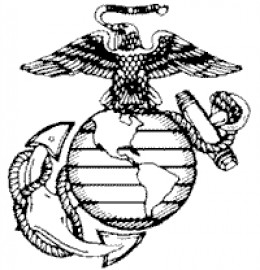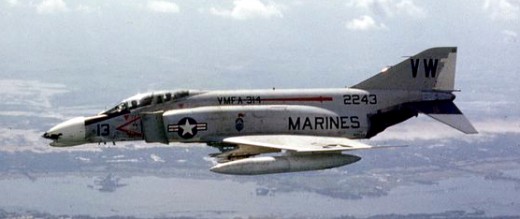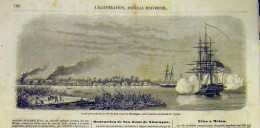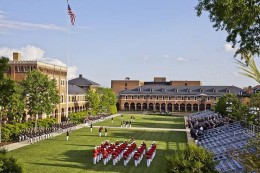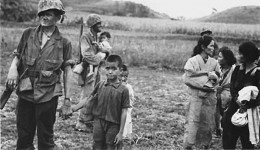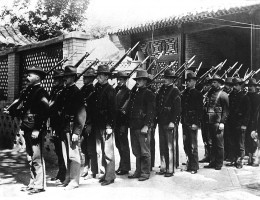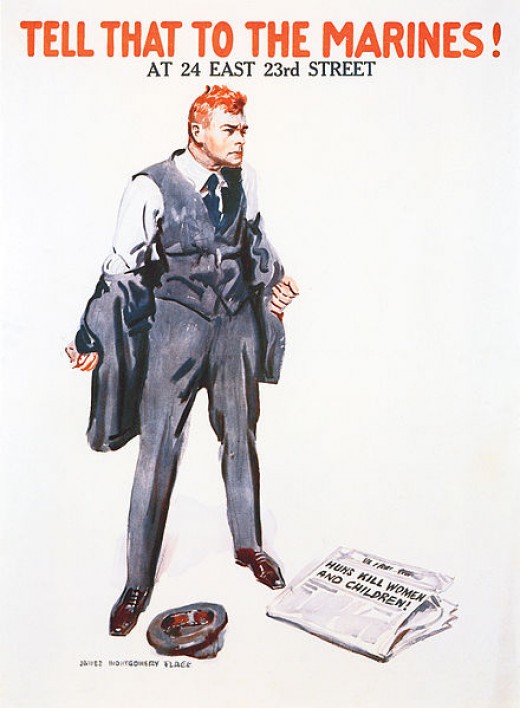Samuel Nicholas was born in Philadelphia during 1744. The U.S. Marine Corps was founded as the Continental Marines at Tun Tavern, Philadelphia on 10 November 1775. Nicholas, a Free Mason whose Masonic Lodge used Tun Tavern as a meeting hall, was commissioned as a Captain of Marines by the Continental Congress thus becoming the first Officer of Marines. He remained the Senior Marine Officer throughout the Revolutionary War and was promoted to Major during June of 1776. By tradition, he is considered the 1st Commandant of the Marine Corps.
Much of his time as Commandant was spent recruiting Marines, which he did for the most part at Tun Tavern, and training the new recruits. Operationally, he commanded the Marine Detachment aboard the Continental Navy warship Alfred, lead the Marine's amphibious raid on New Providence Island (Bahamas), and commanded the Marine battalion attached to the Continental Army during the Battle of Princeton. The amphibious raid on New Providence Island was the Corps' first amphibious landing and the first time U.S. forces set foot on foreign soil.
The Marine Corps was disbanded at the end of the Revolutionary War and Nicholas returned to civilian life. He died during 1790 in Philadelphia.
Three warships, USS Nicholas, have been named in his honor; a Clemson-class destroyer (DD-311, 1919-1923), a Fletcher-class destroyer (DD-449, 1942-1970) and a Oliver Hazard Perry-class frigate (FFG-47, 1983-2014).
 |
| The USS Nicholas (FFG-47) was one of three U.S. warships named in the honor of the Marine Corps' 1st Commandant. |
History of the Marine Corps articles
